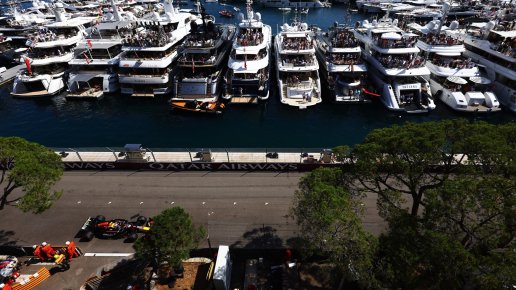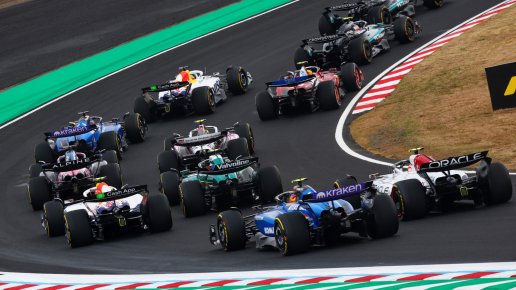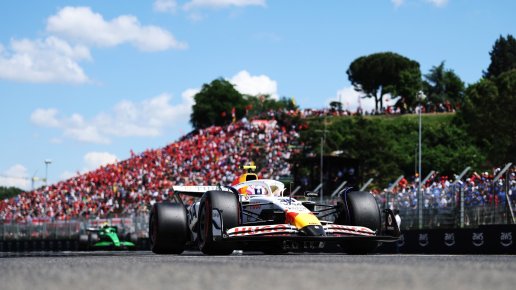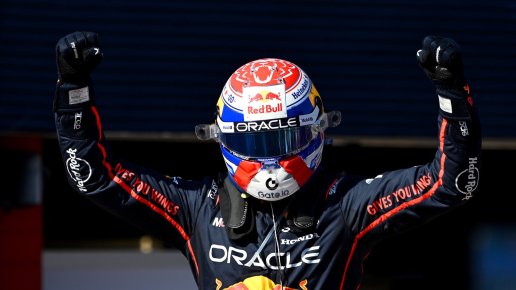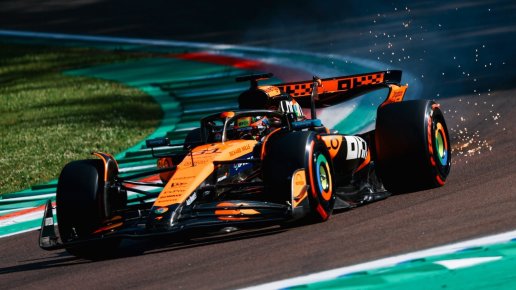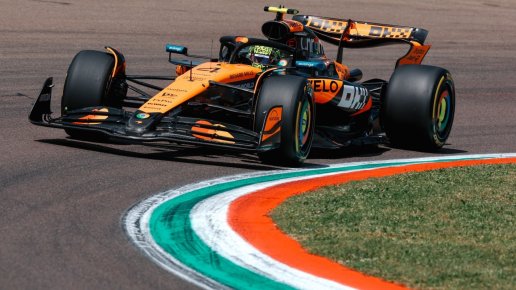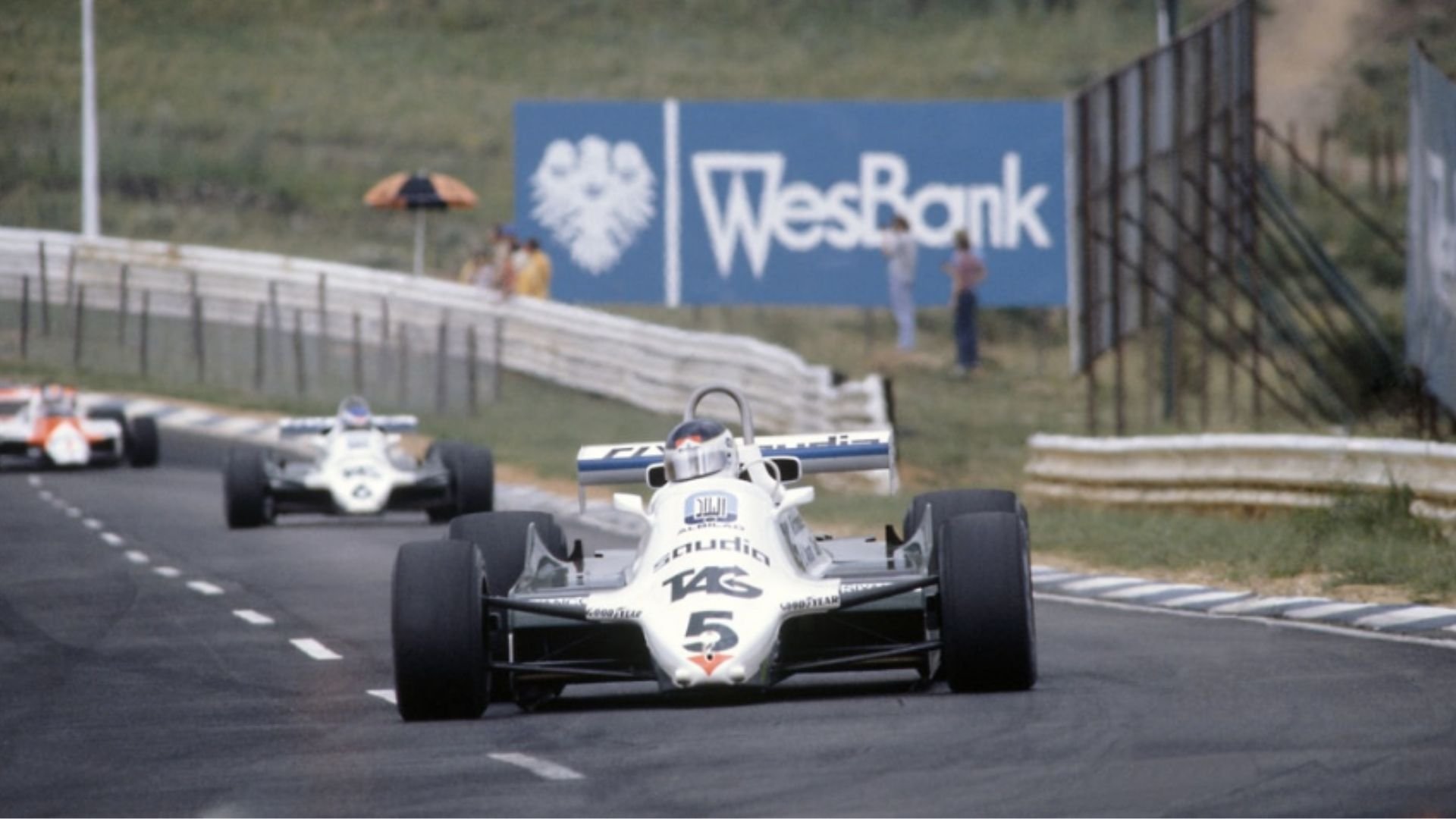
Photo: Williams Racing
#ThrowbackThursday: When F1 used to race in January and February

Between 1953 and 1982 there have been 27 F1 seasons that began in January or February, with races in South Africa, Argentina, and Brazil. Let’s look over those events…
F1 & MotoGP news to your inbox every day.
Today, Formula 1 fans are used to waiting until March for the roar of engines to echo across the grid. But there was a time when the championship started much earlier in the year. Back in the 1960s and 70s, F1 kicked off in January and February, taking fans to the sunny skies and warm climates of the Southern Hemisphere.
South Africa
South Africa was one of the first stops on the F1 calendar in those days. The 1965 South African Grand Prix was held on January 1 at the Prince George Circuit in East London. Jim Clark dominated that race, making it a memorable season opener.
By 1967, the F1 circus moved to the Kyalami Circuit near Johannesburg, a track known for its high altitude and challenging layout. The thin air at Kyalami made life tough for drivers and engines alike, but it also created some incredible racing moments, such as Niki Lauda’s win in the scorching heat of 1976 was a standout
The country hosted a January race again in 1982, following the FISA-FOCA conflict that left the February 1981 event unrecognized. However, future Grands Prix in that country were scheduled later in the year, making the 1982 race the last to take place in January.
😎🏆 @ScuderiaFerrari's Niki Lauda won a processional South African GP at @Kyalami_Circuit #OnThisDay in 1976, beating pole-sitter James Hunt for the second race in a row - despite the mild drama of a slowly deflating tyre in the closing laps. 😨https://t.co/aTASfSRQn5 pic.twitter.com/09weESVI7a
— Motorsport Images (@MSI_Images) March 6, 2022
Argentina
Argentina was another favorite for early-season races. The Autódromo Juan y Oscar Gálvez in Buenos Aires hosted F1 during the South American summer, where the blazing heat became as much a challenge as the competition itself.
One of the most famous races was the 1960 Argentine Grand Prix, held in February. Bruce McLaren’s victory for Cooper marked a turning point, showing the dominance of rear-engine cars. In the 1970s, legends like Jackie Stewart and Emerson Fittipaldi battled through Argentina’s demanding conditions, with the roaring support of local fans adding to the spectacle.
This day in 1960 the @F1 season began, in Argentina. Notable for a first front row start for Graham Hill, the final start for @ScuderiaFerrari first ever winner Jose Froilan Gonzalez (car 32) and a second ever win for a young Bruce McLaren (car 16) @McLarenF1@SkySportsF1 #SkyF1 pic.twitter.com/GPLO4Iw5Sj
— Sky F1 Insider (@SkyF1Insider) February 7, 2019
Brazil
After Argentina, F1 would often head to Brazil, where the Autódromo José Carlos Pace, or Interlagos, welcomed the teams and drivers. Interlagos was known for its bumpy surface and steep hills, which made it a true test of skill. Drivers had to work hard for every corner and every lap.
In 1975, Brazilian fans had a moment to celebrate when local hero Carlos Pace won his first—and only—Grand Prix at Interlagos. The crowd’s joy was overwhelming, showing how much racing meant to the country. To remember this moment forever, the circuit, that is still on ths F1 calendar, was named after him.
Interlagos, 1975.
— Formula 1 Through the Years 🏁 (@Formula1_OTD) October 31, 2024
Another home victory at the Brazilian GP. This time it was Carlos Pace, who drove his Brabham-Ford-BT44B to his only F1 race win.
The circuit would be renamed in 1985 to "Autódromo José Carlos Pace" in honour of Pace, sadly killed in a plane crash in 1977. pic.twitter.com/I3mVp97gip
As Formula 1 evolved, the calendar shifted. By the 1980s, January and February became months for pre-season testing, and the races were moved to March. Teams needed more time to prepare their cars, and logistical challenges made starting later a better option.

